
[tldr]
- Getting into ketosis with diet alone isn’t fun. You go through a period when your body clamors for carbs and you feel like crap.
- To get through that period and then to boost ketones once in ketosis, people have been experimenting with exogenous ketones — ketone supplements.
- Keep reading to find out the difference between ketone esters and ketone salts, and the third exogenous ketone option that will get you into ketosis faster.
[/tldr]
I’ve tried every diet known to man, from raw vegan to strictly meat, eggs, and butter. At the time, I was fat, sick, and slow, and I wanted to find the magic pill to feeling human again.
After a lot of frustrating trial-and-error, I can now say without a shadow of a doubt that a low-inflammation ketogenic diet like the Bulletproof Diet is a powerful way to shed body fat and dial in your brain power.
Getting into ketosis with diet alone isn’t fun. You have a period of a few days to two weeks when your body clamors for carbs and you feel like crap. To get through that period and then to amplify results once in ketosis, people have been experimenting with exogenous ketones — ketone supplements.
Keep reading to find out the difference between ketone esters and ketone salts, and the third exogenous ketone option that will get you into ketosis faster.
What are ketones

Your liver starts making ketones for two main reasons. If you’re diabetic, you make ketones when you don’t have enough insulin to get energy out of the glucose in your bloodstream. When ketones climb too high, diabetics go into ketoacidosis, which can be life-threatening.
For everyone else, you start making ketones when you:
- Fast
- Exercise through your glucose and glycogen stores
- Stop eating sugar and foods that metabolize into sugar — carbs
The three types of ketone bodies
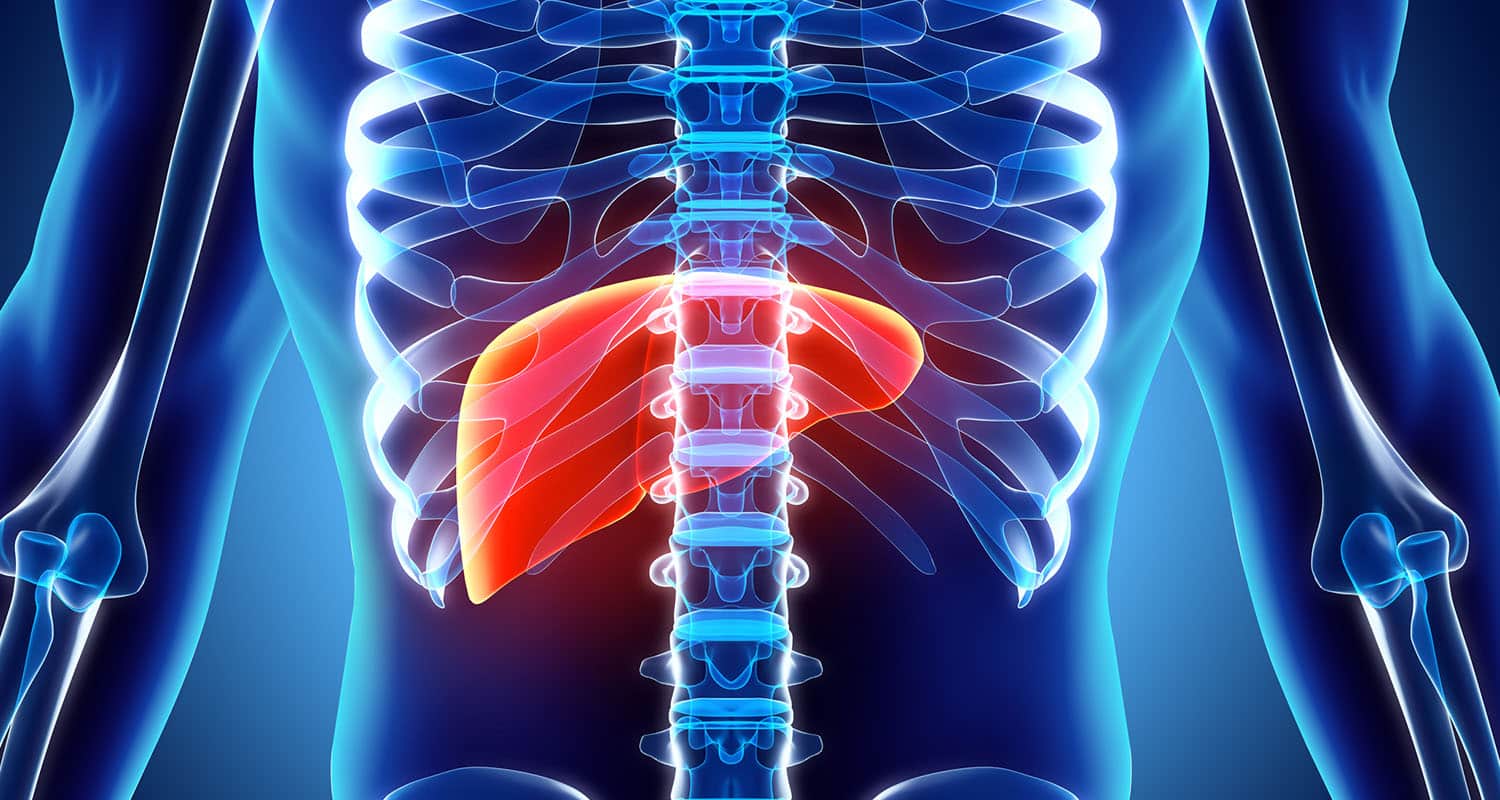
Acetoacetate (AcAc)
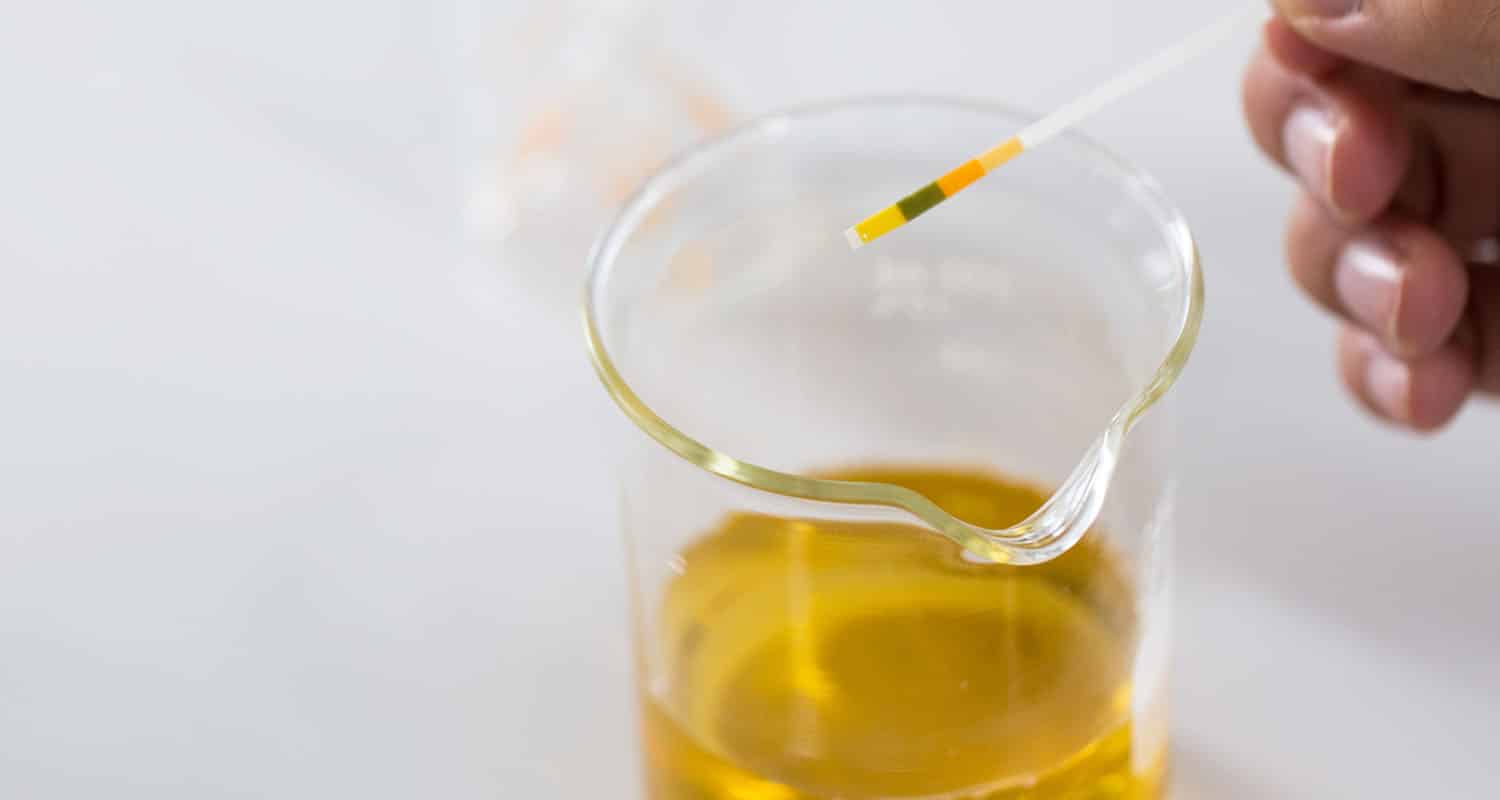
When you urine test your ketone levels, you’re measuring AcAc.
How your body makes AcAc
In your liver, two acetyl CoA molecules (think delivery truck molecules for energy packages), will hook up to make one acetoacetate ketone body. Rinse and repeat, until your hunger quiets down and you feel your energy shoot through the roof.
From there, acetoacetate will either:
- Ship off to fuel cells
- React and break down into a different ketone called acetone
- Convert to beta-hydroxybutyrate (up next)
Beta-hydroxybutyrate (BHB)

Some brands of urine test strips claim they’re measuring BHB, but they’re actually using your AcAc levels to approximate your BHB levels. Test strips don’t detect BHB at all, though, so it’s not an exact indicator. Since BHB is #ketogoals, get yourself a blood keto meter and test the real thing.
Acetone
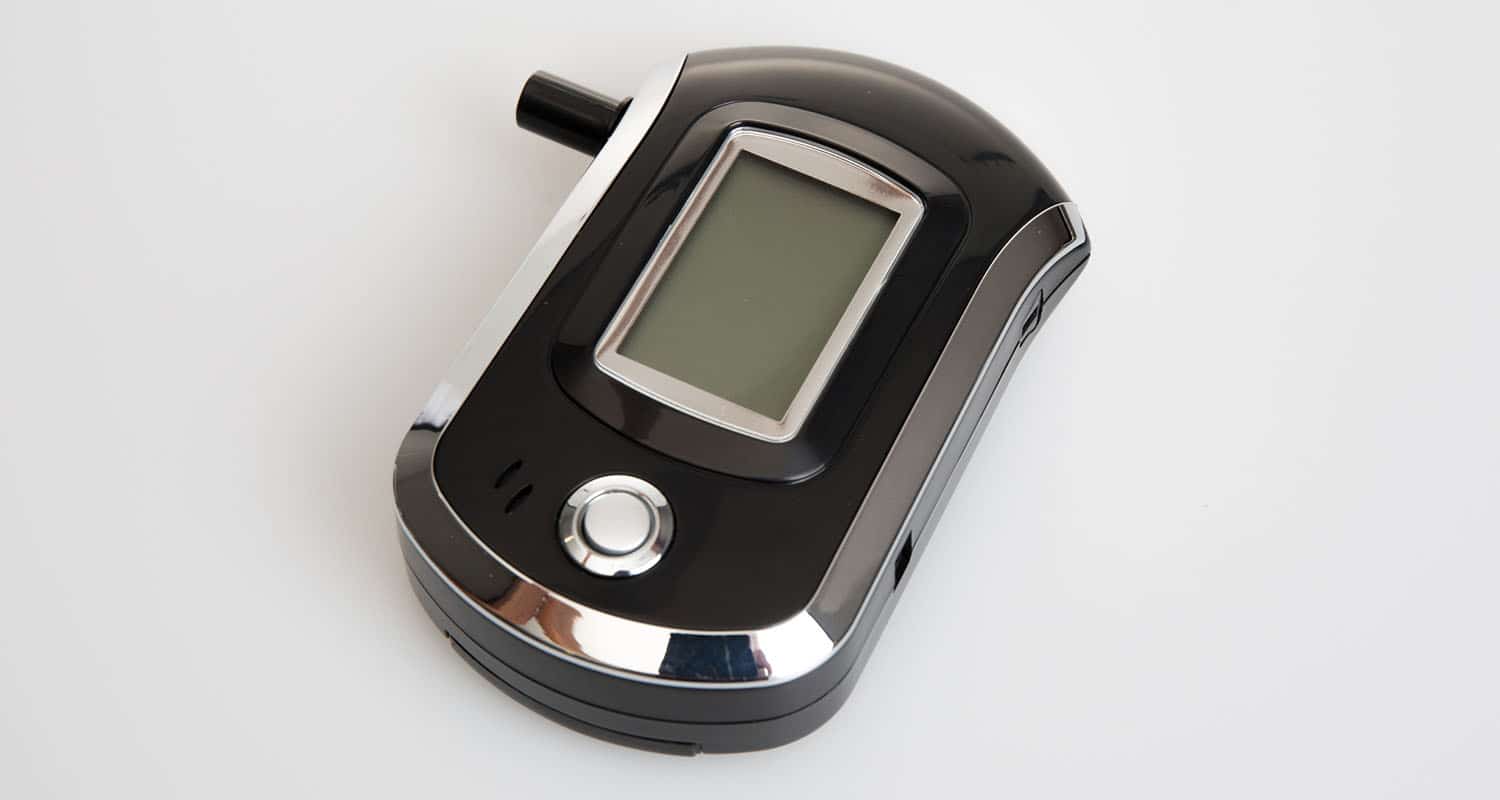
When you measure ketones using a ketone breath analyzer, you’re detecting acetone. Again, the goal is BHB, and acetone is a proxy measure for BHB.
Exogenous ketones: ketone salts vs. ketone esters

Whether you want to sidestep the misery of the keto flu, take a shortcut to all of the amazing benefits of ketosis, or you want to ramp up the results you’ve seen already, you’ve started looking at hacks for getting your ketone levels up faster than you would on your own. So, do you supplement? Here are your options, and keep reading to find out why Brain Octane Oil is the safest and most effective exogenous ketone you’ll find anywhere.
Ketone salts
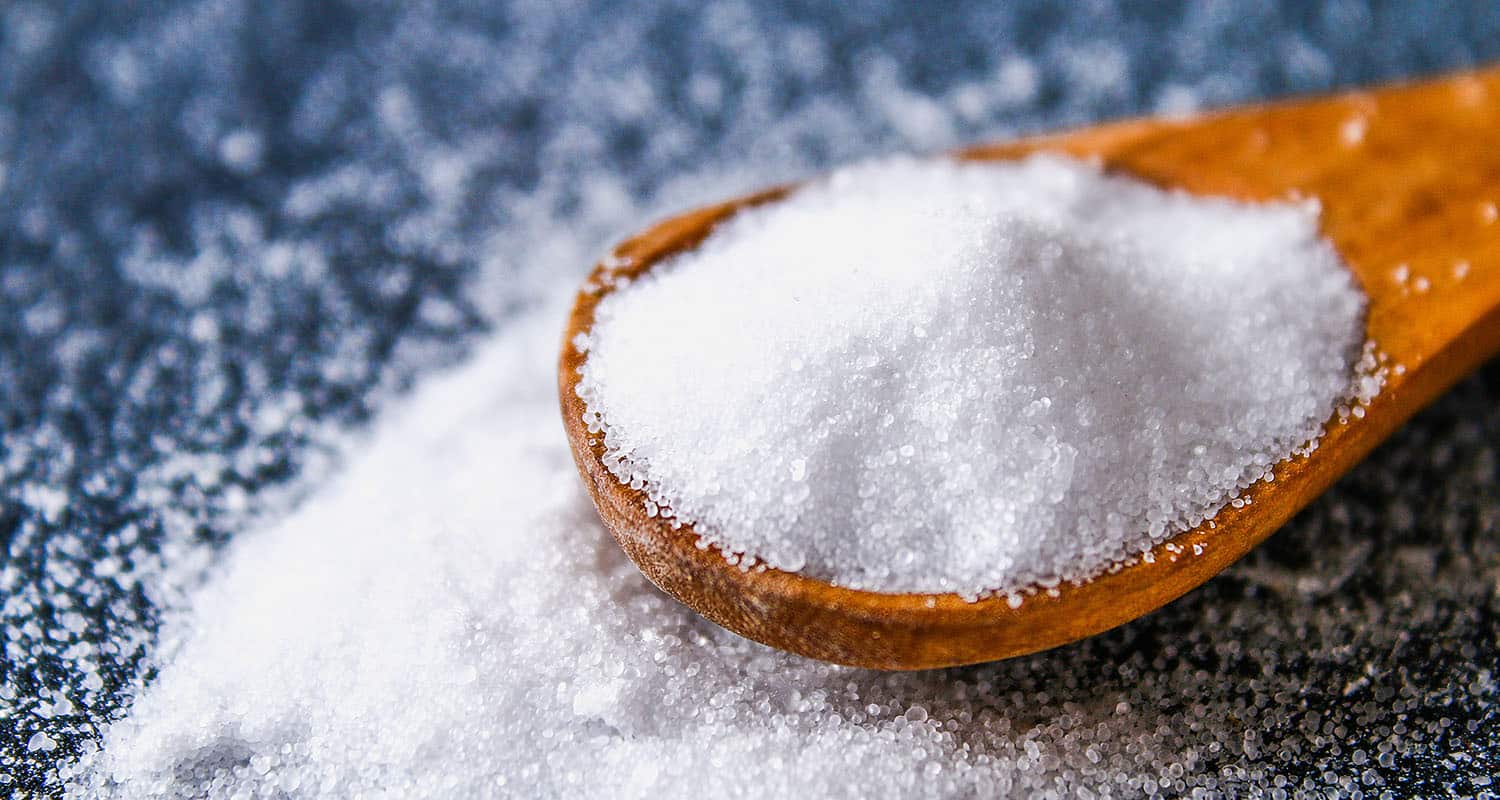
Usually, you’ll find that manufacturers’ ketone body of choice is BHB, because it is more stable than AcAc, and because BHB is the ketone most available in the bloodstream when you’re naturally in deep ketosis.[ref url=”https://www.ncbi.nlm.nih.gov/pubmed/16848698″]
Ketone salts were the first type of exogenous ketone available to the public. Early on, the keto community jumped all over the opportunity to boost ketones with a supplement, not knowing that there are problems with ketone salts. The main issue here is that they’re not bioidentical, which means your body may not use them the same way that they would use ketones that you made on board.
Since ketone bodies are attached to a mineral, they generally taste better and are easier to mask with flavor than ketone esters. Ketone salts raise your blood ketones, but they don’t raise your ketones as efficiently as ketone esters do.[ref url=”https://www.ncbi.nlm.nih.gov/pmc/articles/PMC5670148/”] Plus, ketone salts are still new to the supplement game, so we’re still learning about the effects — good and bad.
Ketone esters
Instead of attaching to a mineral, ketone esters are ketone bodies, usually BHB, bound to 1,3 butanediol, an alcohol molecule that chemists happen to use to make polyurethanes. By the time they get into your bloodstream, ketone esters are chemically the same as the ketones your body makes, so your body knows what to do with them. Research shows that ketone esters raise your blood ketones far more efficiently than ketone salts do.[ref url=”https://www.ncbi.nlm.nih.gov/pmc/articles/PMC5670148/”]
Being bioidentical is a huge plus, but there are a couple major drawbacks to ketone esters. From a practical standpoint, ketone ester supplements are expensive — you’ll pay about $5 a day. If you make it past the sticker shock, you still have to deal with the taste factor. The taste is rough, and I mean rough. Imagine knocking back a fruity cough syrup that morphs into grandpa’s moonshine as you swallow. It’s like that.
Raspberry ketones (aka pretend ketones)
Companies started making “ketones” out of fruits, namely raspberries, that are supposed to make you lose weight. Save yourself time and frustration, and wipe raspberry ketones from your radar. They’re not real.
Raspberry ketones are lab-created[ref url=”https://link.springer.com/article/10.1007%2Fs00897960034a”] and not the same compound that your body recognizes or knows how to use. Plus, you need close to 100 lbs of raspberries to make one day’s worth of raspberry ketones. What a waste of delicious polyphenols.
If you tried raspberry ketones and your blood ketones went up, you’ve been duped. Some sneaky companies fake a rise in blood ketones by mixing MCT oil into their formula. The effect isn’t from raspberry ketones – it’s from the fat. More on why that works, coming up.
The most effective ketone supplement
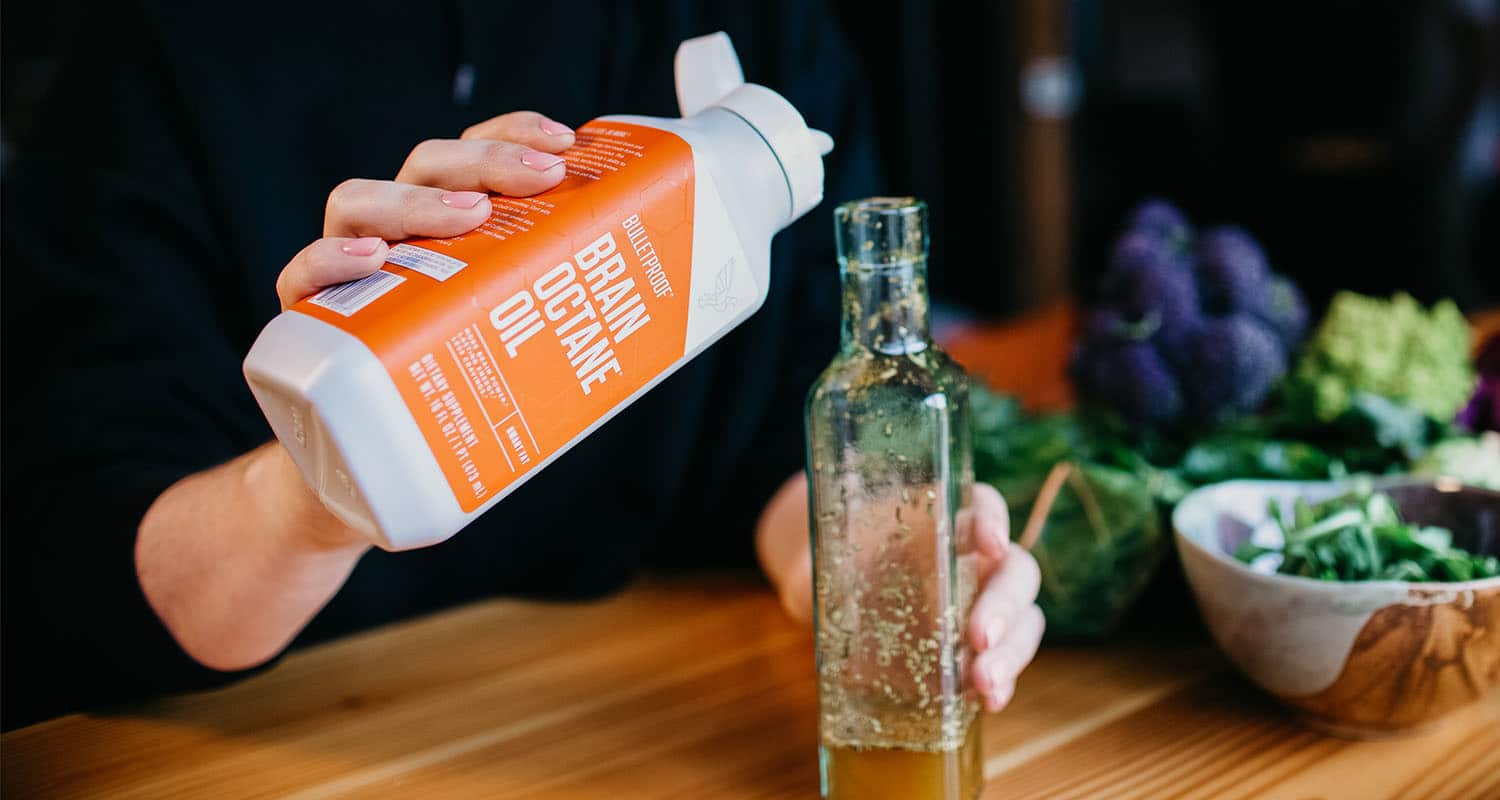
I’m talking about Brain Octane Oil. Brain Octane Oil is a coconut-derived medium-chain triglyceride that bypasses normal metabolism steps and converts directly into ketones that your body can use right away. It’s made of triple-distilled caprylic acid, which is so efficient at producing ketones that it raises ketones four times faster than diet alone. A UCSD study found that the type of medium-chain triglyceride that caprylic acid raised ketones more efficiently than any other type of MCT,[ref url=”https://academic.oup.com/cdn/article/1/4/e000257/4555134″] and Brain Octane Oil is 100% caprylic acid.
Because Brain Octane Oil is a fat, your body recognizes it as food and your metabolism knows exactly how to use it to make ketones.
Since brain Octane Oil is made from coconuts, you don’t have to worry about possible adverse reactions from a lab-created substance. Even better, it’s flavorless, and you can blend it into a delicious Bulletproof Coffee to power up your day.
Can you get a ketone boost with regular MCT oil? If you’re following a keto diet to the letter and you wake up fasted and take a generic MCT oil, you might see a moderate elevation in ketones.
Stick with the good stuff, though. Brain Octane Oil is pure caprylic acid, so it produces ketones more efficiently than other fat sources. It’s so efficient that it works even if you’ve had some carbs the night before.
Ketosis and carbs — can you have both?

First, no situation in nature would make that happen. If you went back a few centuries to your hunter-gatherer ways, ketones and glucose wouldn’t course through your bloodstream at the same time. You’re built to fuel with sugar first, then with ketones when you’re all out of sugar.
Second, having carbs and exogenous ketones in your bloodstream at the same time will likely give you the same glucose and insulin spikes and crashes as you would have with a standard diet, and the resulting hunger and distraction you aim to avoid. Except this time, you have ketones in your blood, too. Since there’s glucose available, you won’t flip your switch to the fat-burning state because your metabolism uses glucose first. As for the extra ketones in your system, you’re flushing your expensive supplement down the toilet — literally.
If you have the choice, and you do, burn fat for energy.
The fastest and most painless way to get into ketosis

No matter who you are, you want to get to the other side as quickly as possible. Here’s how to get there without feeling hungry and slow.
- Limit carbs to 50 g or less per day for the first six days. You may have to play with this number to find your ideal carb intake, but start at 50.
- Drink Bulletproof Coffee every morning as your ketone source. The combination helps you feel full and focused through lunch.
- On day seven, add an extra serving of high-quality carbohydrates to avoid some of the pitfalls of ketogenic diets. What’s a high-quality carb? Here’s your cheat sheet.
- Eat plenty of the right fats, and enough low-inflammation vegetables to stuff a moose. Ketosis won’t work if you eat the wrong kinds of vegetables. Some vegetables will cause inflammation, and others you can eat until you start turning green. The Bulletproof Diet Roadmap spells it all out.
If you follow these steps, you can shortcut right to the state of no cravings, intense focus, and incredible energy that you’ve been hearing all about. With the right tools and hacks at your disposal, you don’t have to suffer.










